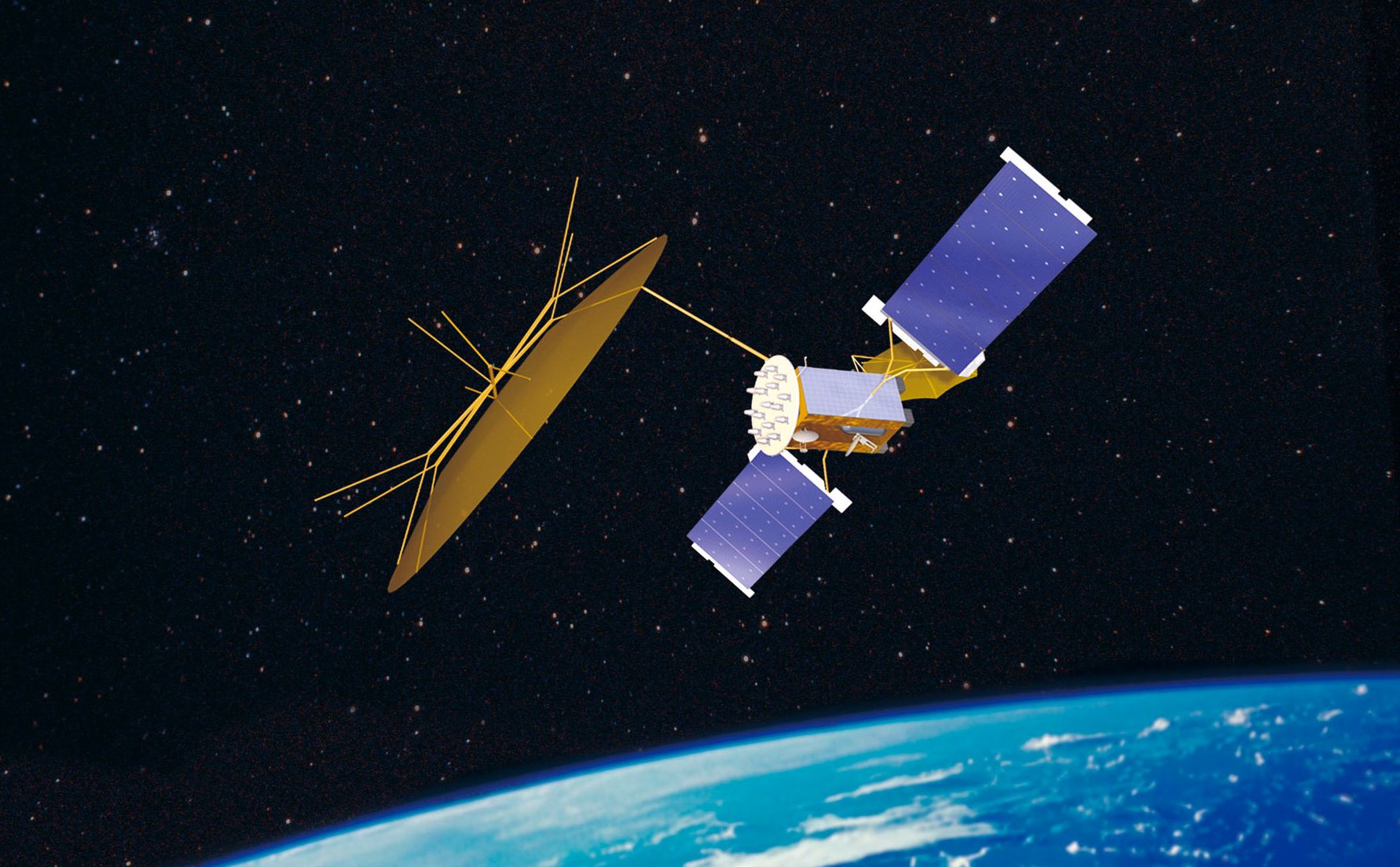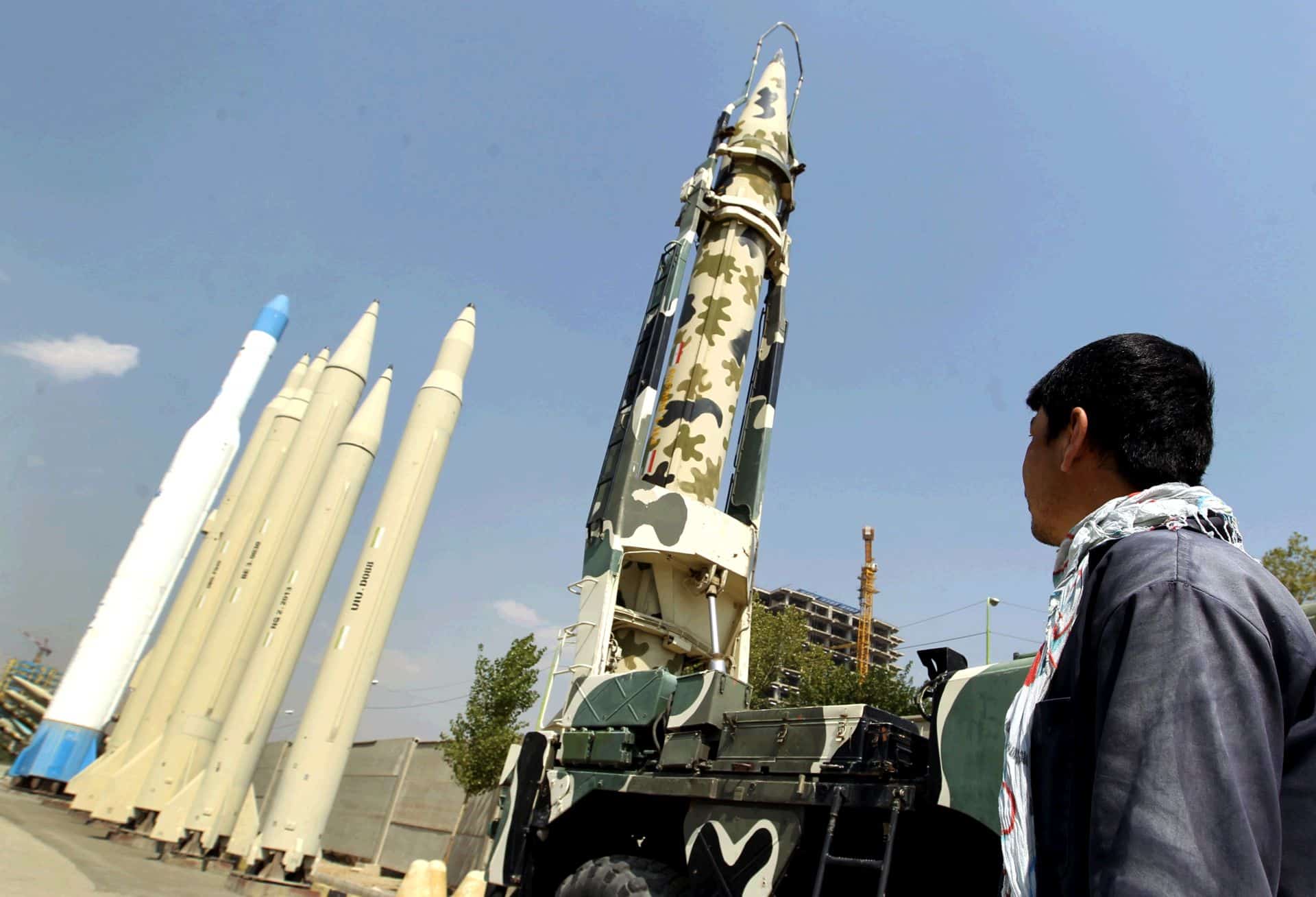Korea Overseas Information Service, Korea's multi-purpose satellite Arirang-2 is scheduled to lift off today aboard a rocket — converted from an intercontinental ballistic missile — shortly after 4 p.m. (Korean Time) from a Russian spaceport. The launch comes a day after a miniature satellite made by a Korean college blew up when its transportation rocket exploded.
The 900-kilogram-heavy satellite, designed by the Korea Aerospace Research Institute, is expected to provide a substantially improved reconnaissance capacity to the country thanks to its multi-spectral camera (MSC).
“Loaded with Arirang-2, the Rockot rocket of Russia is to take off from a launch pad in the Plesetsk Cosmodrome, approximately 800 kilometers northeast of Moscow,” said Choi Hae-jin, director at the state-backed institute.
“The MSC on Arirang-2, which will be placed at an altitude of 685 kilometers, has multiple functions including airborne surveillance,” he added.
Originally, Arirang-2 was designed as a remote-sensing device for geographical surveys, natural resource searches and environmental observation. However, the high-definition MSC will be able to give real-time visual data on North Korea's missile launch preparations or military activities, which would be otherwise unavailable.
The camera can identify an object one meter in diameter. Only a handful of countries have satellite-based cameras as powerful.
Meanwhile, the miniature satellite made by researchers at Hankuk Aviation University, named Hausat-1, yesterday morning failed to achieve orbit when its booster rocket failed.
The Dnepr rocket — also a converted missile — carried 18 satellites including Hausat-1 but crashed shortly after takeoff from Kazakhstan.
Hausat-1 was a small box-sized satellite built on a minimal budget to help students understand the process of manufacturing satellites.
Trojan Horses in Space: Cyber Threats Hidden in Satellite Networks
Most of us like satellites. They power our televisions. Allow us to find our way home from anywhere on the...









